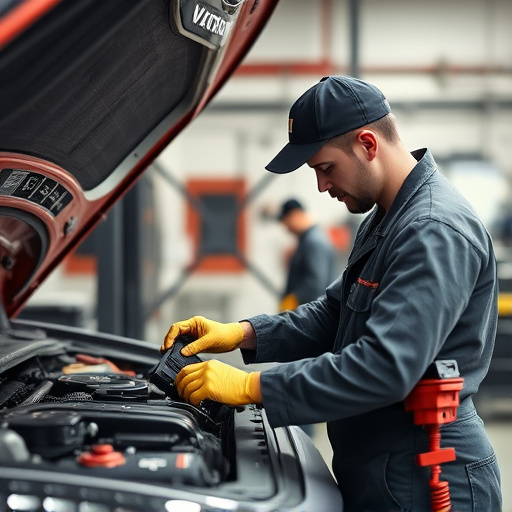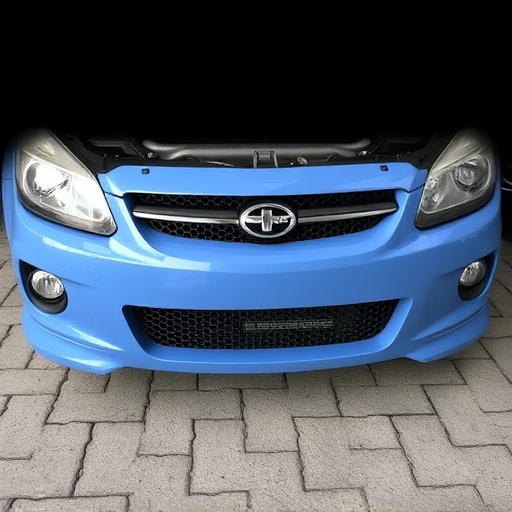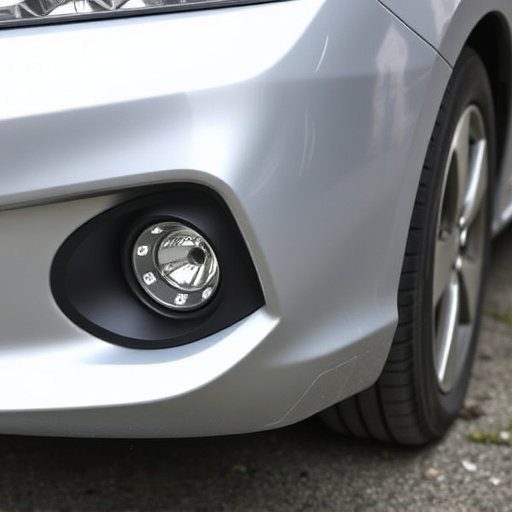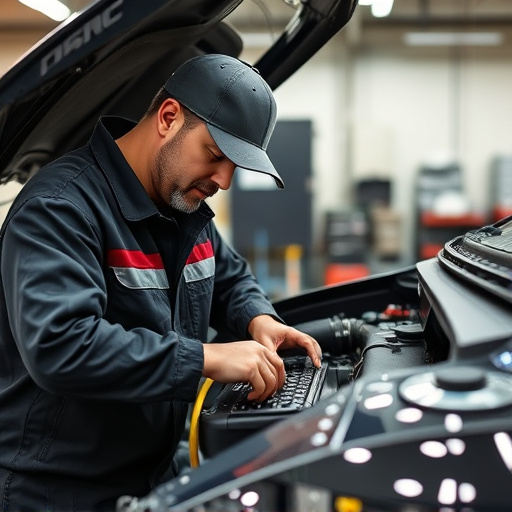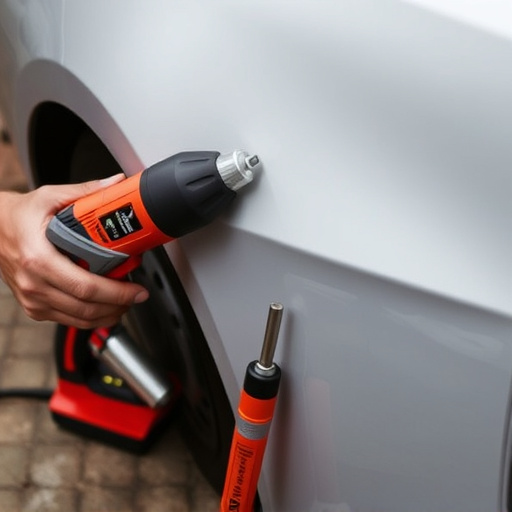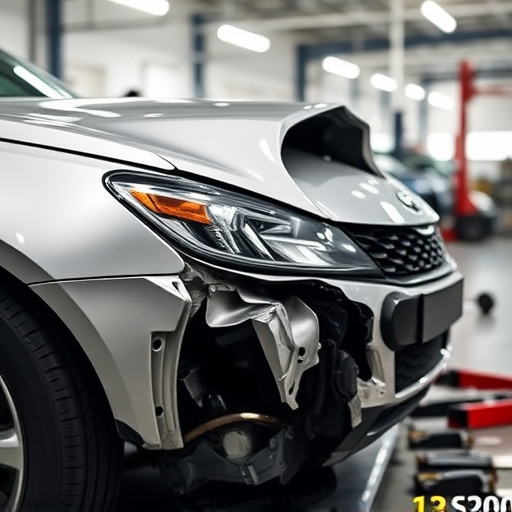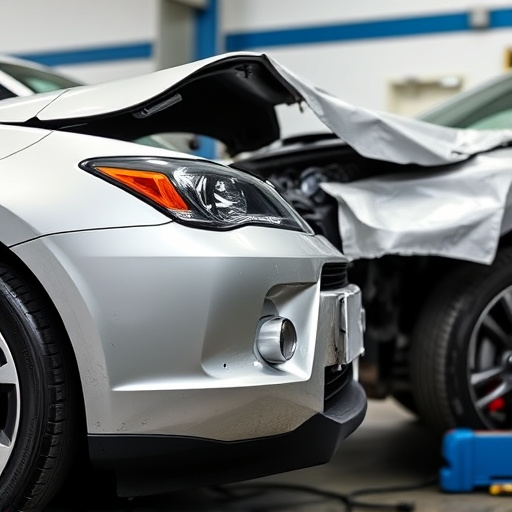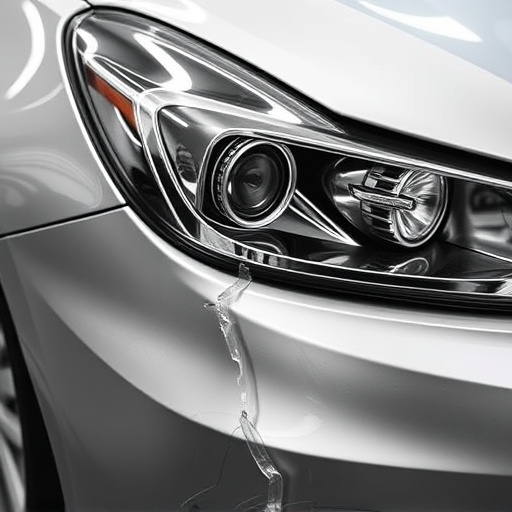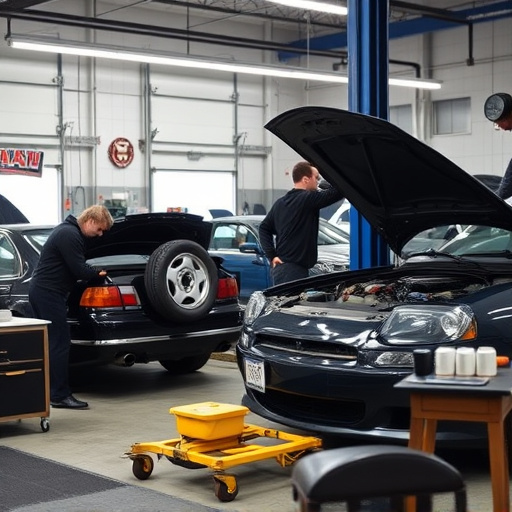Understanding a lifetime repair warranty is key to maintaining your vehicle's value and longevity. This type of warranty covers repairs for as long as you own the car, but knowing inclusions and exclusions—like regular maintenance, accident damage, neglect, and specialized work—is crucial. To keep the warranty valid, practice proactive maintenance, record repairs, and adhere to manufacturer service schedules. When claiming benefits, navigate claims effectively by reviewing terms, communicating with providers, and preparing necessary details for collision repairs. Following these steps ensures a robust lifetime repair warranty, safeguarding your investment.
“Maximizing the benefits of a lifetime repair warranty is every consumer’s right, ensuring lasting protection for their purchases. This comprehensive guide navigates the intricacies of these warranties, demystifying what they cover and how to leverage them effectively.
From understanding the fine print to practical steps for maintenance and claims, we equip readers with essential knowledge. By following best practices, you can extend the lifespan of your products and ensure peace of mind, knowing your investment is secured. Embrace the power of informed consumerism with our detailed exploration of ‘lifetime repair warranties’.”
- Understanding the Lifetime Repair Warranty: What It Covers and Exclusions
- Maintaining Your Coverage: Steps to Ensure Continuity and Validity
- Claiming Repairs: A Guide to Making Effective Use of Your Warranty Rights
Understanding the Lifetime Repair Warranty: What It Covers and Exclusions
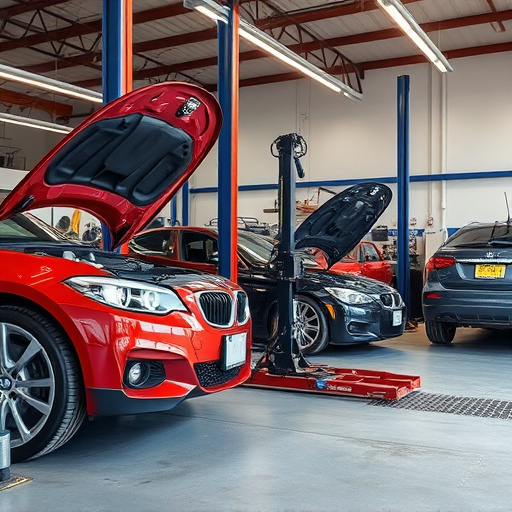
Understanding the Lifetime Repair Warranty is key to ensuring your vehicle’s longevity and value. This type of warranty promises to cover repairs for as long as you own the car, offering peace of mind. However, it’s crucial to grasp both its comprehensiveness and certain exclusions. A lifetime repair warranty typically includes major structural components, such as the chassis and body panels, especially when it comes to services like frame straightening—a process that realigns and repairs damaged frames, often seen in car restoration projects.
While this warranty is a game-changer for vehicle repair, there are exclusions to keep in mind. Regular maintenance tasks, like oil changes or tire rotations, are usually not covered. Nor are issues arising from accidents, neglect, or improper use. Additionally, certain specialized repairs, such as intricate electrical work or unique aftermarket modifications, might fall outside the scope of a standard lifetime repair warranty. Understanding these boundaries ensures you’re fully aware of what’s protected and what requires separate consideration.
Maintaining Your Coverage: Steps to Ensure Continuity and Validity
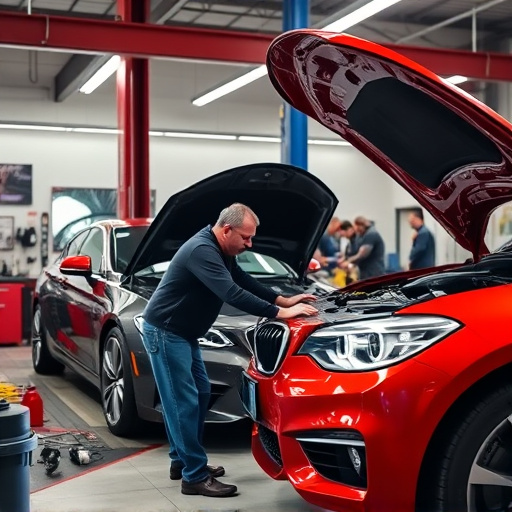
To maintain a lifetime repair warranty, proactive steps are essential to ensure its continuity and validity. Regular maintenance checks are crucial; these include inspecting for any signs of damage, wear, or potential issues that could compromise the integrity of your vehicle. Keeping accurate records of all repairs, services, and inspections is vital. This documentation not only helps in tracking the health of your car but also serves as proof of responsible ownership when claiming warranty benefits.
Additionally, adhering to manufacturer-recommended service schedules is fundamental. This includes timely frame straightening or car body repair after any vehicle collision repair. By following these best practices, you ensure that any necessary repairs are addressed promptly, minimizing the risk of future complications and maintaining the validity of your lifetime repair warranty.
Claiming Repairs: A Guide to Making Effective Use of Your Warranty Rights
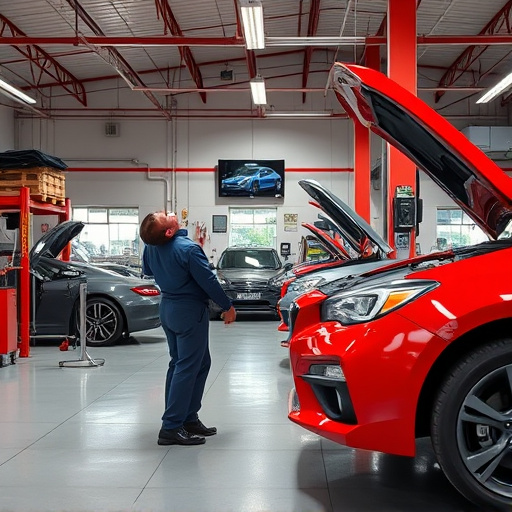
Knowing how to claim repairs under your lifetime repair warranty is essential for ensuring its effectiveness and protecting your investment. When issues arise with covered auto bodywork or collision damage, don’t hesitate to reach out to your warranty provider. Start by reviewing the terms and conditions of your specific warranty, as details like timeframes, exclusions, and required documentation can vary.
Effective communication is key. Contacting your warranty administrator directly allows for clear guidance on the repair process. Be prepared with relevant information such as vehicle identification numbers, proof of purchase, and detailed notes on the issues encountered. Whether it’s a simple dent removal or more complex auto body work, understanding your rights and responsibilities will ensure a seamless experience, keeping your lifetime repair warranty in force for future needs at a collision repair shop.
A lifetime repair warranty is a valuable asset that requires proactive management. By understanding what’s covered and consistently taking steps to maintain your coverage, you can ensure continuous protection for your investments. Remember, knowing how and when to claim repairs under your warranty rights is key to making the most of this benefit. Stay informed, follow best practices, and enjoy peace of mind knowing your products are backed for life.


